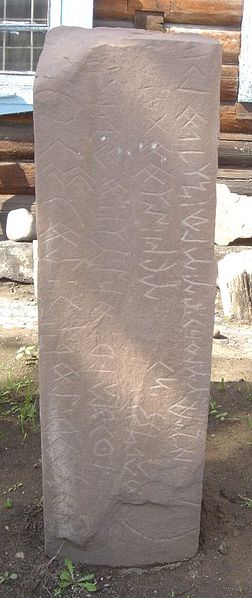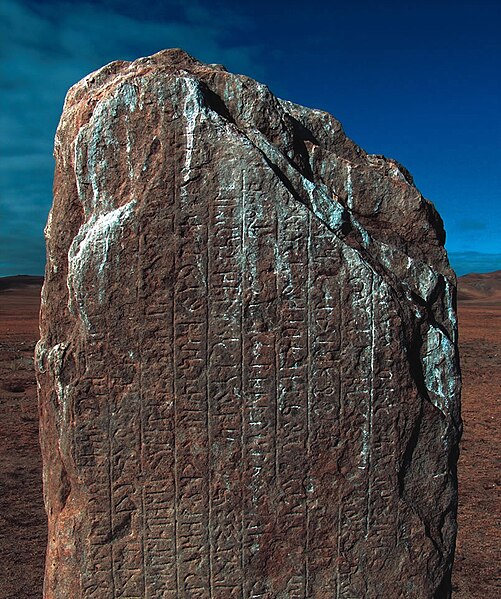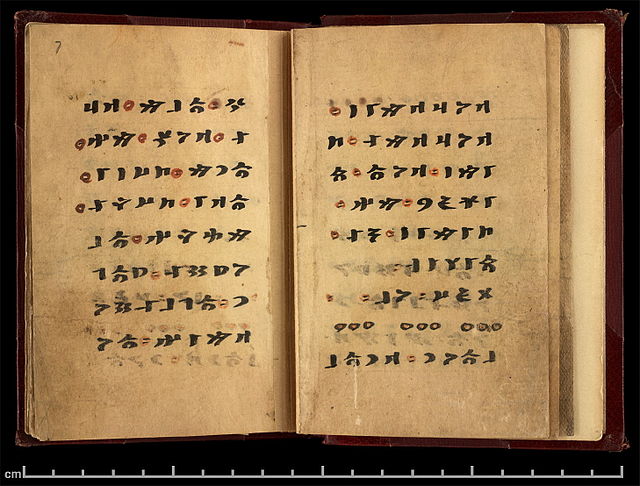Tuvan or Tyvan is a Turkic language spoken in the Republic of Tuva in South Central Siberia, Russia. The language has borrowed a great number of roots from the Mongolian language, Tibetan and the Russian languages. There are small diaspora groups of Tuvan people that speak distinct dialects of Tuvan in China and Mongolia.
Inscription in Kyzyl using Turkic script
The Turkic languages are a language family of more than 35 documented languages, spoken by the Turkic peoples of Eurasia from Eastern Europe and Southern Europe to Central Asia, East Asia, North Asia (Siberia), and West Asia. The Turkic languages originated in a region of East Asia spanning from Mongolia to Northwest China, where Proto-Turkic is thought to have been spoken, from where they expanded to Central Asia and farther west during the first millennium. They are characterized as a dialect continuum.
Old Turkic Kul-chur inscription with the Old Turkic alphabet (c. 8th century). Töv Province, Mongolia
The 10th-century Irk Bitig ("Book of Divination") from Dunhuang, written in Old Uyghur language with the Orkhon script, is an important literary source for early Turko-Mongol mythology.
Yuan dynasty Buddhist inscription written in Old Uyghur language with Old Uyghur alphabet on the east wall of the Cloud Platform at Juyong Pass




